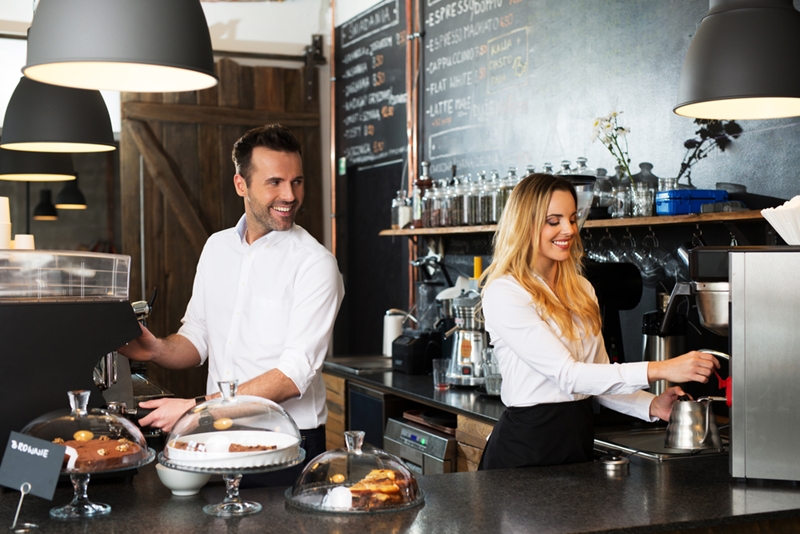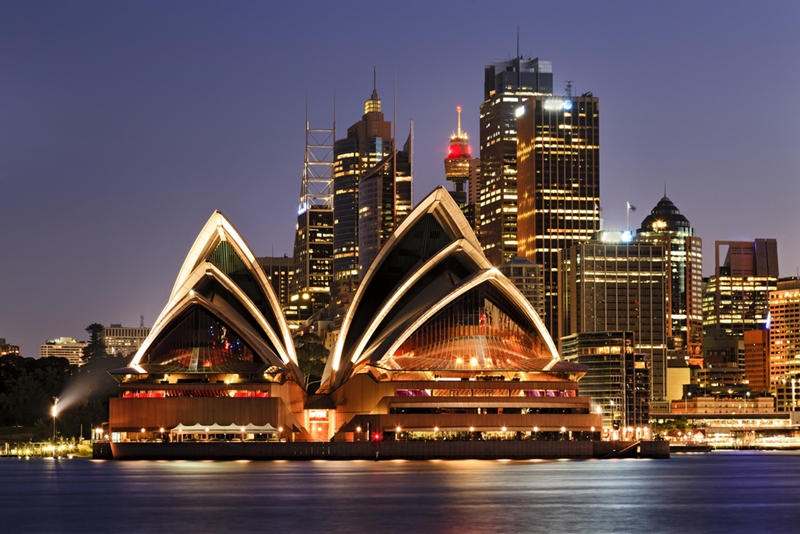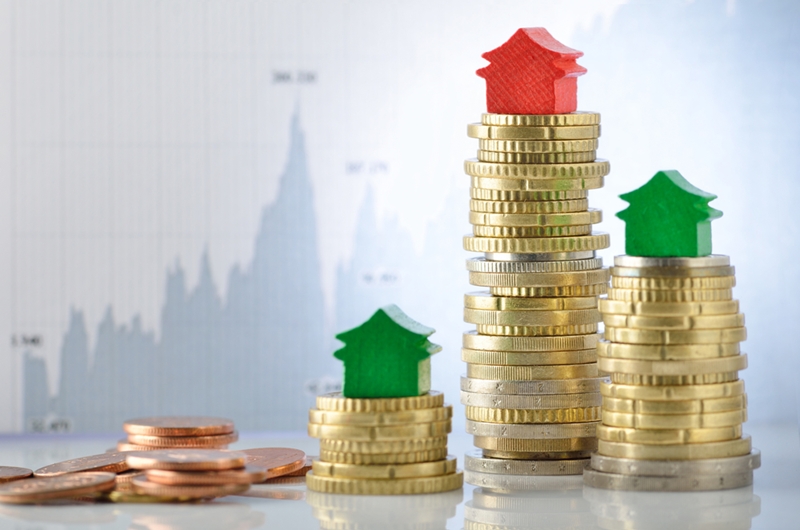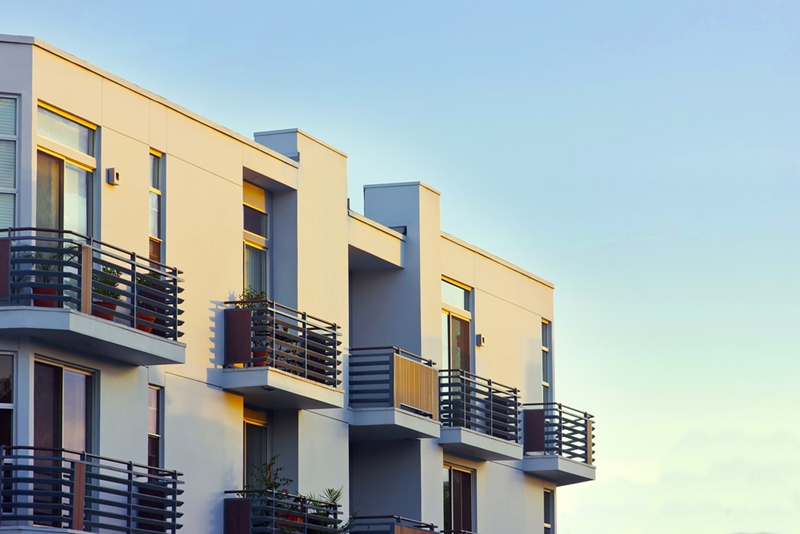Are you currently looking at the property market, and feeling very unsure that you'll ever be able to buy your own home? We don't blame you, with places like Sydney showing median dwelling values over the $1 million mark, as of January this year according to CoreLogic RP Data. If you look around, though, you'll find a suitable place to buy on an appropriate budget for someone in their 20s.
That's why the Australian Bureau of Statistics reported a drop in first-time buyers in July 2016, as stated in an ABC News article from October 2016. Up to 14.1 per cent of the buying market was predicted to be first-timer buyers, but the real figure was only 13.2 per cent.
However, there are affordable pockets for all buyers – no matter if it's your first time or your fifth. Buying a property in your 20s is a great way to set yourself up for a successful financial future, but it will take some planning, and a suitable first-home buyer loan.
 How young should you start preparing to buy a property? We think your 20s is a great time.
How young should you start preparing to buy a property? We think your 20s is a great time.How can you buy a home in your 20s?
It seems unfathomable to buy a home so young, with your current job (and potential entry-level salary) but it can be done. It requires dedication, careful planning, and a great mortgage provider. Buying your first home before your thirtieth birthday means you've got a whole lot of time to pay off the mortgage, for one thing, so you shouldn't stress about your finances.
That being said, you will need to come up with an initial deposit. If you're buying by yourself, you will need to save for a number of years, most likely, and be strict with yourself about not spending unnecessarily. Say the home you're buying costs $400,000 and you need 20 per cent of that for a deposit. You'll need $80,000, which is just over the average salary in Australia, according to the Australian Bureau of Statistics. Even if you put aside a full 50 per cent of your earnings, it would take two years to get enough for a deposit, and many people won't be earning that much. The sooner you start saving, the less your finances will be affected by your home purchase.
Why should you buy early in your life?
It's not a great idea to focus on expensive suburbs when you're buying your first home, because you'll need a larger deposit.
Buying soon is a great move, because the real estate market in Australia keeps getting more expensive. Figures from the UBS Global Real Estate Bubble Index from 2016 indicate that the median price of a house in Sydney has increased by 45 per cent since June 2012. Over the last year, CoreLogic reports that it has increased by 16.59 per cent!
It's not a great idea to focus on expensive suburbs when you're buying your first home, because you'll need a larger deposit to access a suitable first-time buyer mortgage, and your monthly repayments will be greater too. Find a house, or apartment, in an affordable suburb that you think feels like home, and put in an offer (after you've saved a deposit and have mortgage pre-approval, of course).
Buying in your 20s means you'll have financial security later in life, and that you won't be paying higher prices for the property you want when the markets rise even more! Get in touch with Mortgageport today to discuss your home loan options.



 Is Sydney among the best places to invest in property?
Is Sydney among the best places to invest in property?

 What could changing interest rates do to your mortgage repayments?
What could changing interest rates do to your mortgage repayments?
 Why is buying a home in Sydney still a great option?
Why is buying a home in Sydney still a great option?